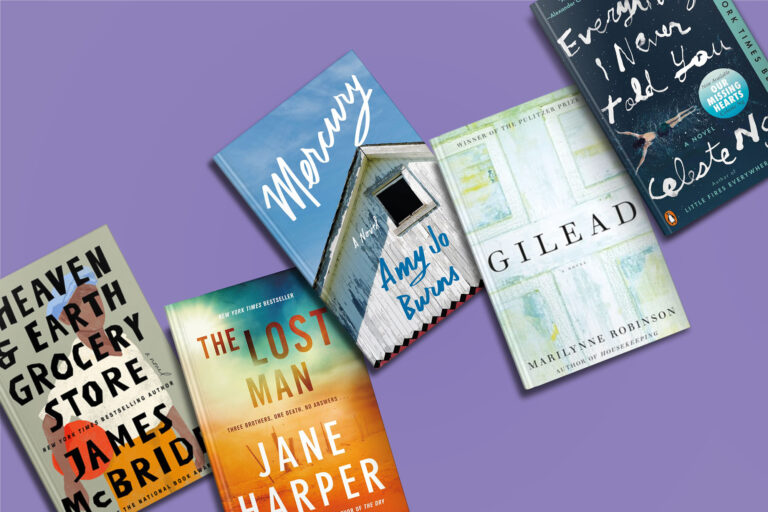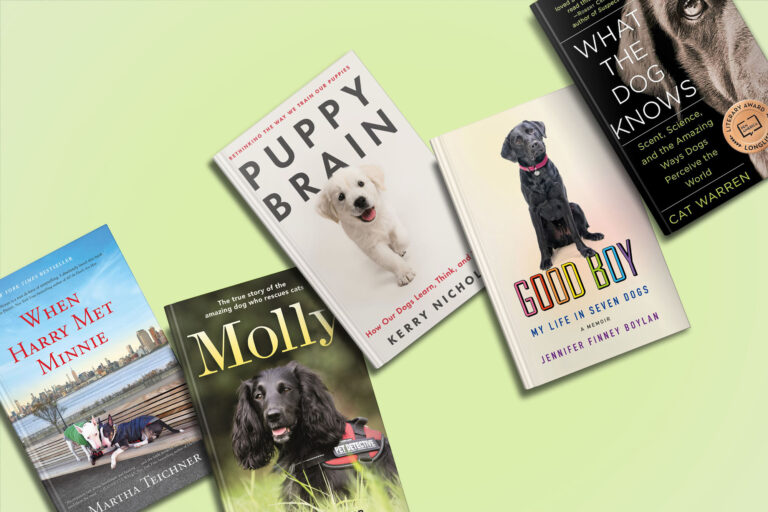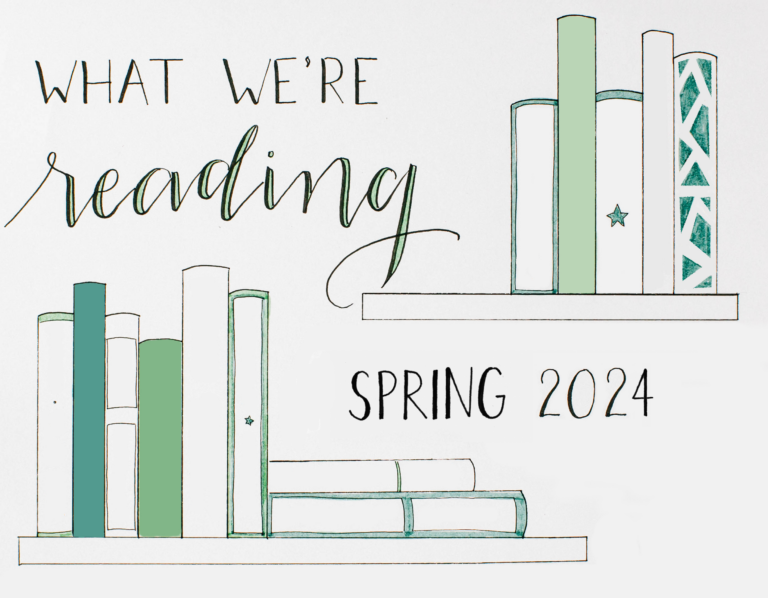Jamie Raab is President and Publisher of Celadon Books, a division of Macmillan Publishers. Over the course of her career, she’s taken on a range of different roles in the publishing world. Here, she shares her insights into the roles of editors and publishers: how their perspectives and responsibilities differ, how they collaborate to give us the books we love, and why she loves aspects of both jobs.
My path to becoming a publisher ran through the editorial world. I started out in book publicity and quickly transitioned to the editorial side, first as a magazine editor, then as a book editor. I climbed the ladder: I became a senior editor, then an executive editor, and then an editor-in-chief. From there, I made the move to publisher.
There’s more than one way to become a publisher. It’s not unusual for a publisher to have a marketing background, rather than an editorial one like mine. But, regardless of how you get there, the key to being an effective publisher is understanding every facet of the publishing business.
That includes understanding the role of editors and how they do their job. Editors acquire books – they’re the ones who read piles of submissions, negotiate and deal with agents, and secure publishing rights. They’re also the people who then work closely with authors to shape and refine those books ahead of publication.
Editors don’t work alone. They work closely with support staff, including people who work in publicity, sales, sub rights, art, production, and marketing. An editor needs to make sure that everyone has the materials they need to do their part in bringing the book to publication.
Both editors and publishers want to bring great books to publication smoothly, but their points of view and responsibilities are different. Since editors are acquiring and laboring over individual books, they have an intimate connection to their projects. They’re often the best cheerleaders for the books they acquire and edit. Publishers have a more macro perspective. A publisher shapes the overall list, decides how books will be positioned, and how resources will be allocated on a project-to-project level. Effective publishers, like editors, also champion the books they publish within and outside of their company.
A publisher works hand-in-glove with everyone who is a part of the publishing process, including editors, authors, support staff, company executives, booksellers, influencers, and others. The goal is to make sure that every book is published as appropriately and effectively as possible.
That broader view means publishers have priorities that are related to, but a little different from, those of editors. Editors are the driving force behind the books they acquire, while publishers have the overarching responsibility for directing the whole publishing program.
Both jobs are essential, and the roles complement each other. There are unique aspects of both jobs that I love. As a publisher, I’ve kept a hand in the editorial end of the business. I still find it thrilling to be the first reader of a submission, to go after books I love, cut deals with agents, and work closely with authors to bring their work to publication. But I also enjoy things unique to being a publisher. Since publishers oversee so many elements of the publishing process, they can innovate on a larger scale. Publishers are empowered to establish an overarching philosophy that will shape the profile of an entire publishing program – and, hopefully, make it more successful. That’s exciting, and when you’re able to use those powers effectively, it’s incredibly satisfying.
Publishers need to understand how everything comes together in this big picture, but the best publishers also understand the details. Being able to grasp the specific roles and tasks that make up that big picture makes it easier for publishers to solve problems and resolve problems. It also makes possible some of the most rewarding aspects about being a publisher, like nurturing and championing the careers of authors and your in-house colleagues. Helping to elevate great people is enormously gratifying, and it’s part of what makes being a publisher so much fun.



